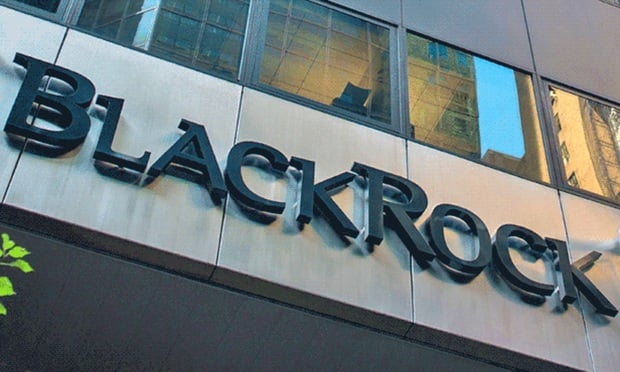The workplace is experiencing a positive worldwide shift to increased employee engagements following years of declining levels, according to a new analysis released today by Aon Hewitt.
Specifically, the study, which analyzes employee engagement trends of more than 3,100 organizations representing 9.7 million employees globally, reveals that 58 percent of respondents were engaged in 2011, marking an increase from 56 percent from 2010.
In 2001, effective leadership at the business unit or division level came in at 61 percent, an increase from 54 percent in 2010, and people and human resources practice implementing a positive work environment was at 53 percent, a jump from 47 percent in 2010. Seventy-five percent of respondents valued customer relationships as rewarding, up from 70 percent in 2010.
Recommended For You
Regarding perception indicators, effective communication was 42 percent in 2011, a decline from 46 percent in 2010, while innovation came in at 52 percent, a decrease from 55 percent in 2010. Workplace safety and security was also down to 75 percent from 78 percent in 2010.
"Business leadership as well as HR programs that meet the needs of specific employee segments contributed to the uptick in engagement levels," says Pete Sanborn, co-president of global compensation and talent at Aon Hewitt. "However, with one out of every four people not engaged worldwide, more needs to be done. As the economy improves, retaining top talent is going to be difficult. Now is the time for organizations to measure and gain insights on engagement drivers and to start doing the work necessary to improve engagement. Our research shows that organizations with higher engagement have significantly higher total shareholder return than the average company, so organizations that focus on what matters most in connecting employees to their work will emerge as leaders, and the others will be left behind."
Although overall engagement levels grew, this does vary by region, the survey finds. Gains in Asia Pacific engagement scores, which grew to 58 percent in 2011 from 55 percent in 2010, helped push the general upward movement of global engagement. Europe showed a slight increase from 51 percent in 2010 to 52 percent in 2011, and Latin America, which recorded the highest regional engagement levels, fell in employee engagement levels from 72 percent in 2010 to 71 percent in 2011. North American employee engagement scores still measured at 64 percent, the same from 2010.
"Our global clients are becoming increasingly sophisticated in analyzing engagement results by region and business unit," says Ken Oehler, global practice leader of engagement at Aon Hewitt. "We are cascading the results and insights further into organizations so that companies can implement targeted actions that will have the most impact on the engagement levels of discrete employee populations."
Based on the research, employers are mostly likely to receive the highest return on investment in employee engagement when they focus on career opportunities, which is still the top driver to positively affect overall engagement levels.
"2012 will be a challenging year for employers in this category as a result of limited career development and advancement opportunities," Oehler says. "Now, more than ever, organizations must communicate clear career paths, prepare employees for the next role and provide lateral growth opportunities for key employees."
Recognizing the extra effort by employees and offering positive feedback is also a top driver of employee engagement, the research suggests, and this is especially important in Asia Pacific and Latin America. Another top driver is organizational reputation as employees are motivated by working for a respected, winning team. European and North American employees are more concerned about reputation as opposed to recognition.
"Employees join organizations that have a reputation as a best employer, and they are also engaged by working for a best employer," Oehler says. "This driver is about connecting employees to the company, the mission and the work beyond financial business performance, and showing them how their work experience cannot easily be replicated elsewhere."
Communication is another top driver, according to the survey. With effective and engaging communication, it impacts employees on rationally, emotionally and behaviorally relevant levels.
"Corporate communications is the primary connection point between the majority of employees and executive leadership," Oehler says. "We saw that employee perceptions of communication declined in 2011. As companies recovered from the recession, they likely became less focused on clear and consistent communication from leaders. Messages usually break down at the mid-management or immediate manager level so it is important for the leaders to continue to provide clear messages about business objectives, challenges and what is required of employees."
© Touchpoint Markets, All Rights Reserved. Request academic re-use from www.copyright.com. All other uses, submit a request to [email protected]. For more inforrmation visit Asset & Logo Licensing.






